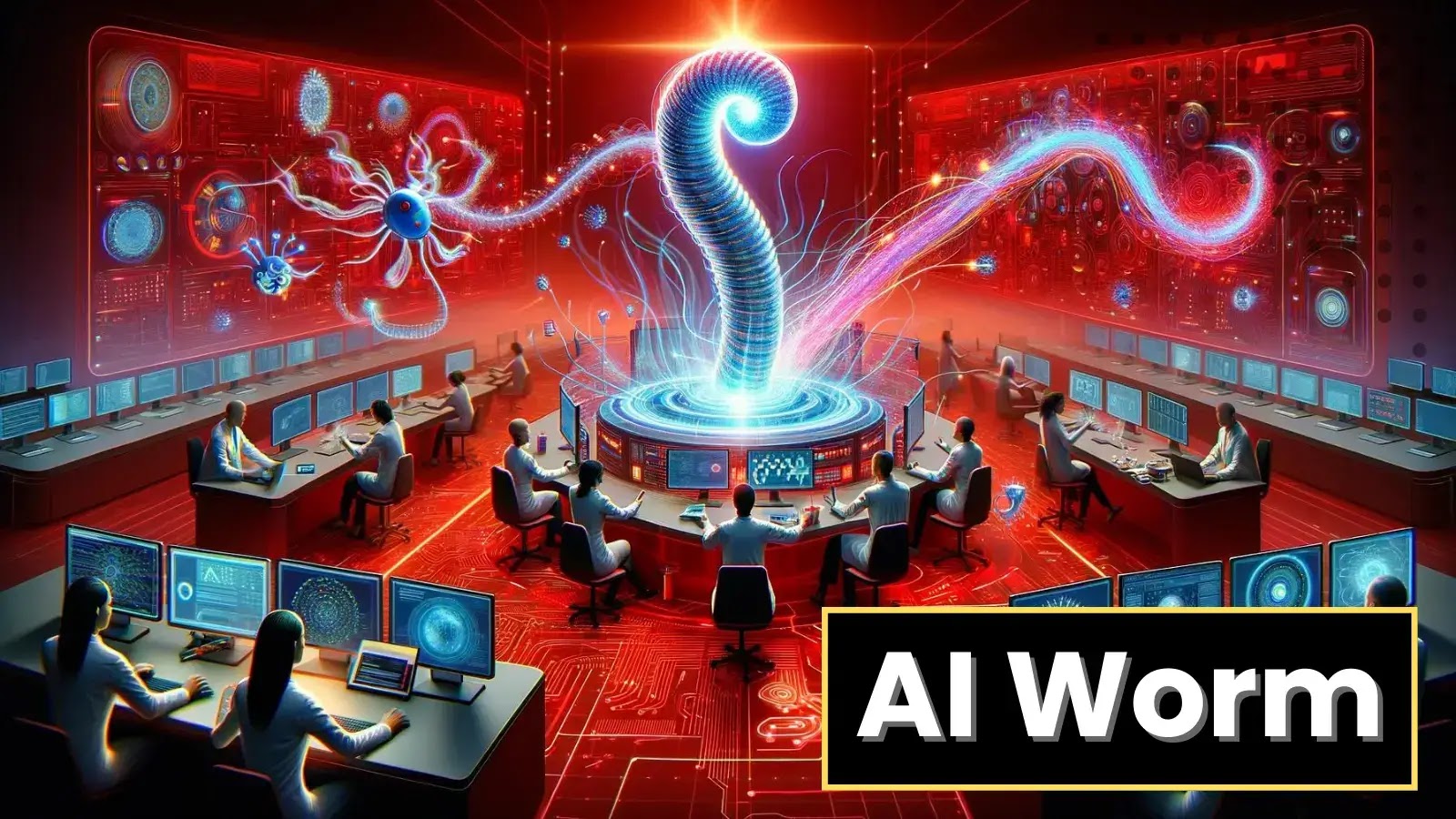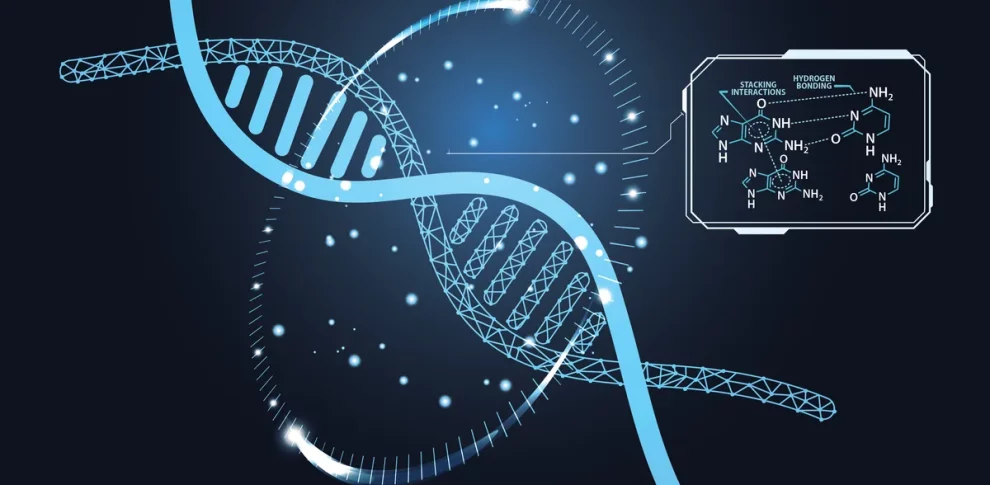Imagine nearly invisible robots no bigger than a grain of sand, equipped with basic artificial intelligence and able to navigate the world at microscopic sizes. This emerging field of miniature robots, dubbed “AI worms,” holds tremendous promise for revolutionizing sectors like healthcare, environment, and industry.
Thanks to progress in miniaturization and AI algorithms, researchers are developing chips and sensors small enough to create microscopic robots. While limitations still exist, the potential applications of AI worms span from disease diagnosis and treatment to environmental monitoring and industrial inspection.
As with any transformative technology, responsible development of microscopic AI comes with ethical considerations and practical challenges around safety, power supply, and control mechanisms. However, the benefits could be groundbreaking.
The Exponential Pace of Miniaturization
The concept of intelligent microscopic robots builds upon the ongoing miniaturization of technology. For decades, the electronics industry has followed Moore’s law, with the number of transistors on a microchip doubling roughly every two years. This trend of fitting more computing power into ever-smaller spaces shows no sign of slowing.
“We have experimental transistors with dimensions of ~7 nanometers, made in research labs around the world. That scale is astonishing: hundreds of thousands of transistors would fit end-to-end across a single red blood cell. There’s still a way to go before the laws of physics halt miniaturization.” – John Timmer, IT editor Ars Technica
The same miniaturization march powering faster phones and computers also applies to sensors, chips focused specifically on AI processing, and even complete microscopic robots.
Early Examples of Miniature AI Systems
In recent years, researchers have achieved several breakthroughs in developing tiny AI capabilities:
- IBM unveiled a working AI chip smaller than a fingernail designed for narrow tasks like image recognition, voice processing, and navigation.
- University of California Berkeley engineers created an AI processor for simple inference less than one cubic millimeter in size focused on low-power operation.
- Columbia University scientists built a compact AI-capable robot no larger than a penny made to monitor conditions inside the human body.
While limits still exist for functionality, these microscopic smart sensors and systems demonstrate the swift progress of miniaturized AI.

Introducing AI “Worms” – Understanding the Potential
Building upon these early steps, researchers now aim toward microscopic AI robots eventually as small as a speck of dust or a single cell. Resembling the size and shape of tiny worms, these AI systems may lack the “brains” for generalized learning but contain embedded intelligence to sense, process, and respond to real-world stimuli.
What Could AI Worms Accomplish?
Despite basic functionality, microscopic AI worms accessing spaces previously impossible open doors for innovation across sectors:
Healthcare and Medicine
Tiny AI robots could revolutionize health outcomes by operating at the cellular level inside the human body:
- Navigating the bloodstream to identify cancerous cells or deliver targeted medications
- Traveling the nervous system to monitor neuron electrical signals
- Embedding in organs to assist tissue repair or detect infections
- Linking up as nanonetworks for holistic monitoring and body-wide diagnosis
Environmental Protection
When widely dispersed outdoors, AI worms could collect climate and ecological data at unprecedented scale:
- Pollution tracking across air, water, and soil
- Precision agriculture measurements from within plants
- Toxicity sensing in lakes, rivers, and oceans
- Microclimate weather mapping
- Monitoring of invasive species
Industrial Efficiency
Within factories, pipelines, and mechanical infrastructure, microscopic AI promises automation advantages:
- Routine visual inspection for cracks or corrosion
- Early warning for leaks or structural issues
- Detection of chemical or pressure changes
- Accessing extremely confined spaces
And many more potential applications likely not yet envisioned.
Design Constraints and Considerations
Developing fully capable microscopic AI represents significant engineering challenges. These intelligent worms operate under design tradeoffs and constraints including:
Extremely Limited Size
With total dimensions less than one cubic millimeter, early versions will leverage micro-electro-mechanical systems and nanotechnology, requiring advanced manufacturing.
Basic Functionality
The limited space for power and processing restricts functionality to basic inference tasks rather than flexible general-purpose AI.
Minimal User Interface
Microscopic size also greatly limits direct human control and configuration, requiring seamless environmental integration.
Short Operational Life
Until effective micro-recharging solutions exist, AI worms will operate on tiny batteries with lifespan measured in hours or days, not years.
Overcoming these hurdles to produce capable, robust, and mass-manufacturable microscopic AI demands continued materials science and nanoelectronics innovation.
Practical Challenges to Responsible Microscopic AI
Alongside design constraints, microscopic AI technology raises ethical concerns and questions of responsible development and safe deployment.
Control and Security Safeguards
Reactive autonomy at tiny scales, especially for medical treatment within bodies, requires fail-safe measures against dysfunction, hacking, and unintended consequences.
Environmental Protection
Dispersing vast numbers of microscopic robots, even biodegradable, may disrupt ecosystems in ways not easily predicted, requiring gradual introduction and monitoring.
Privacy Considerations
Persistent microscopic sensors lead to emergent mass surveillance implications requiring safeguards and transparency around data gathering and usage.
Development with Care
Overall, rapid advancement of this powerful dual-use technology compels stakeholders to prioritize safety, ethics and responsible innovation at each stage.
The Road Ahead – Momentum Toward Breakthroughs
Intelligent microscopic robots represent the extreme end-point of technological miniaturization combined with AI capability. Also known as microrobotics or microbots, the foundations for this revolutionary platform now rapidly take shape through multidisciplinary collaboration.
Novel manufacturing techniques like 3D printing and DNA self-assembly create new options for tiny, non-silicon components and subsystems. Clever microchip architecture and software algorithms compensate for limited processing and power. Together with breakthroughs in micro-batteries, wireless controls, and biomechanical movement, the stage is set.
“I think in probably 10 years from now you’re going to see really fantastic developments in this area…It’s going to treat human disease, it’s going to clean up the environment, it’s going to lead to big advances.” – Dr. Joseph Wang, nanoengineering professor UCSD
From medicine and sustainability to discovery and infrastructure monitoring, microscopic AI unlocks unforeseen potential.
The road ahead remains long with challenges around security, scale-up, and practical adoption. But the pace accelerates toward a future where AI worms could rewrite assumptions about health, environment, and the very definition of smart technology.
















Add Comment